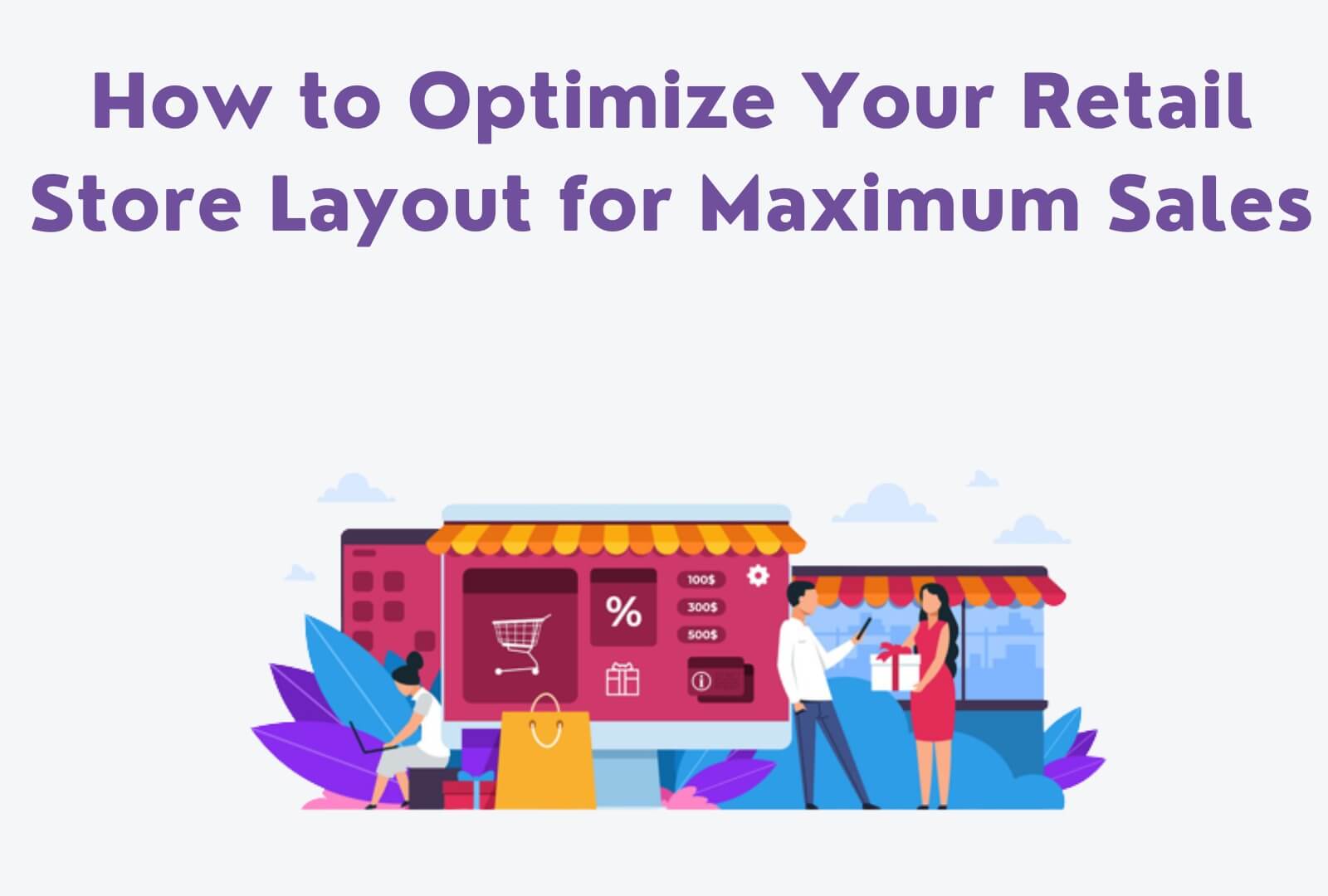Mastering the Metrics: A Guide to Measuring and Enhancing Retail Execution
In today’s competitive retail landscape, measuring and enhancing retail execution is crucial for businesses to thrive. Effective retail execution involves optimizing various aspects of a company’s operations, from product placement to customer service, in order to maximize sales and improve overall performance. By mastering the right metrics, retailers can gain valuable insights and make informed decisions to drive success. In this article, we will explore the key metrics that matter in retail execution measurement and provide actionable strategies to enhance performance.
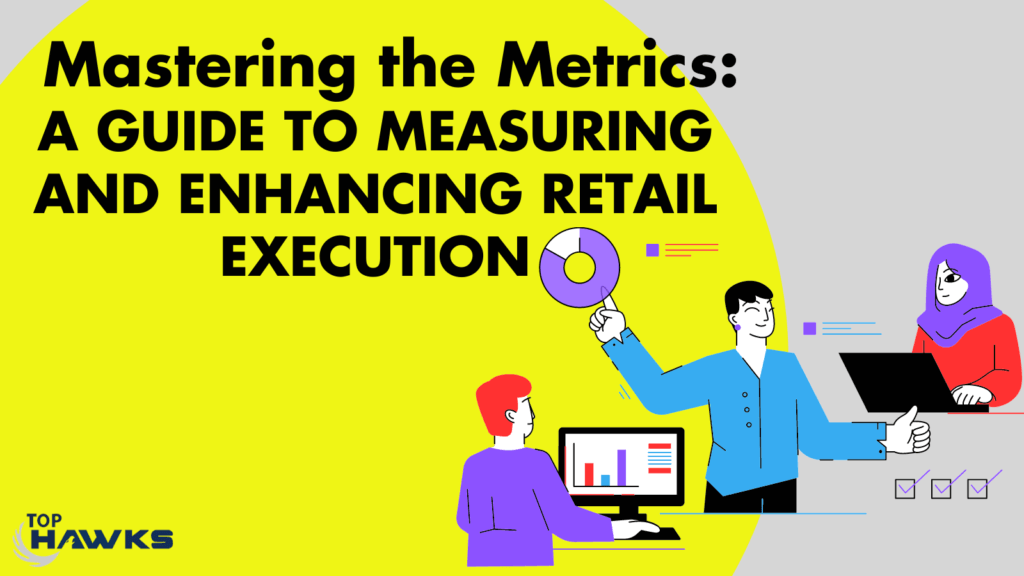
Table of Contents |
1. Introduction
In today’s fast-paced retail industry, success depends on more than just offering great products or services. It requires a comprehensive understanding of how to execute retail operations effectively. By focusing on key metrics and implementing strategies to enhance retail execution, businesses can gain a competitive edge and drive growth.
2. Understanding Retail Execution
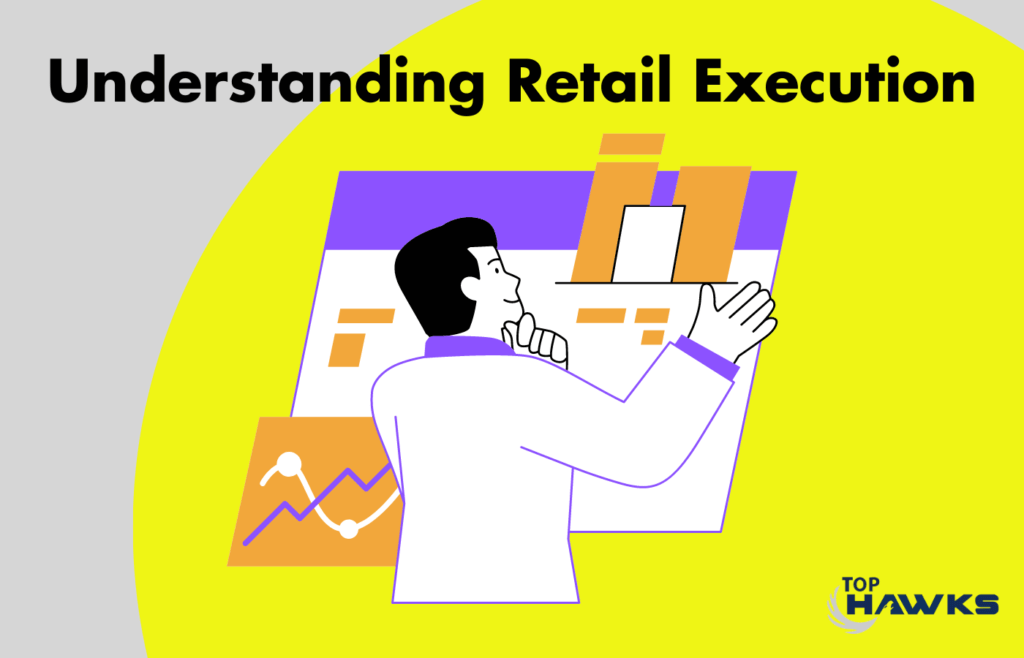
-
Definition and Importance
Retail execution refers to the successful implementation of operational strategies and tactics to ensure that products are available, visible, and priced accurately in retail environments. It encompasses activities such as shelf management, inventory control, pricing, promotions, and customer service. Effective retail execution is vital because it directly impacts sales, customer satisfaction, and brand reputation.
-
Key Elements of Retail Execution
Retail execution comprises several interconnected elements that work together to deliver exceptional customer experiences and drive sales. These elements include product availability, on-shelf visibility, pricing accuracy, promotional execution, inventory management, and customer service. By optimizing each element, retailers can create a seamless and engaging shopping experience for their customers.
3. Key Metrics for Measuring Retail Execution
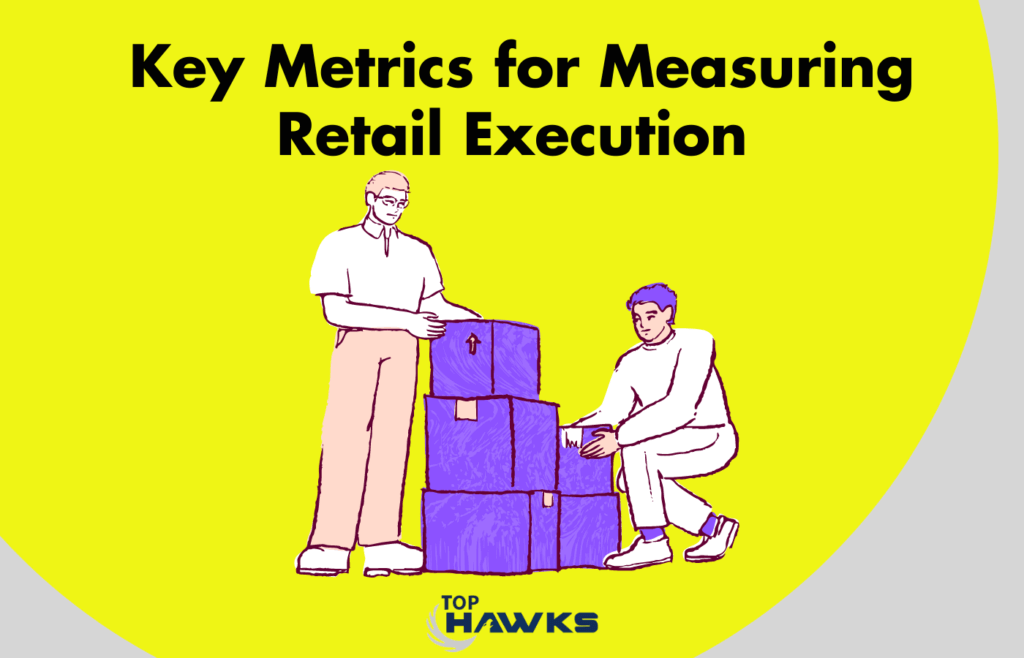
To measure the effectiveness of retail execution, businesses rely on various metrics that provide insights into key performance indicators. Here are some essential metrics to consider:
-
Sales Performance
Sales performance metrics gauge the overall success of a retail operation. They include metrics such as total sales, average transaction value, conversion rate, and sales growth. These metrics help identify trends, evaluate the impact of marketing initiatives, and measure the effectiveness of sales strategies.
-
Inventory Management
Inventory management metrics focus on the efficient management of stock levels to avoid stockouts or excess inventory. Key metrics in this area include inventory turnover rate, stock accuracy, and order fulfillment cycle time. By optimizing inventory management, retailers can minimize carrying costs, improve product availability, and reduce the risk of overstocking or stockouts.
-
Shelf Availability
Shelf availability metrics measure the percentage of time a product is available for customers to purchase. Metrics such as out-of-stock rate and on-shelf availability help identify issues with supply chain management, shelf replenishment processes, and product demand forecasting. Improving shelf availability ensures that customers find the products they want, leading to increased sales and customer satisfaction.
-
On-Shelf Visibility
On-shelf visibility metrics assess how well products are displayed and presented to customers. Metrics in this category include planogram compliance, facings per SKU (Stock Keeping Unit), and overall product visibility. By optimizing on-shelf visibility, retailers can attract customer attention, enhance brand perception, and increase impulse purchases.
-
Pricing Accuracy
Pricing accuracy metrics measure the consistency and accuracy of product pricing across different channels and locations. Metrics such as price accuracy rate, price change frequency, and price compliance help identify pricing discrepancies and ensure that customers receive accurate pricing information. Maintaining pricing accuracy builds trust with customers and minimizes potential pricing-related issues.
-
Promotional Execution
Promotional execution metrics evaluate the effectiveness of marketing promotions and campaigns. Metrics in this area include promotion compliance, promotional lift, and return on investment (ROI) for promotional activities. By analyzing promotional execution metrics, retailers can assess the impact of marketing initiatives and make data-driven decisions to optimize future campaigns.
-
Customer Service
Customer service metrics focus on evaluating the quality of service provided to customers. Metrics in this category include customer satisfaction scores, response time to customer inquiries, and customer retention rates. By measuring customer service metrics, retailers can identify areas for improvement, enhance customer experiences, and build long-term customer loyalty.
4. Strategies to Enhance Retail Execution
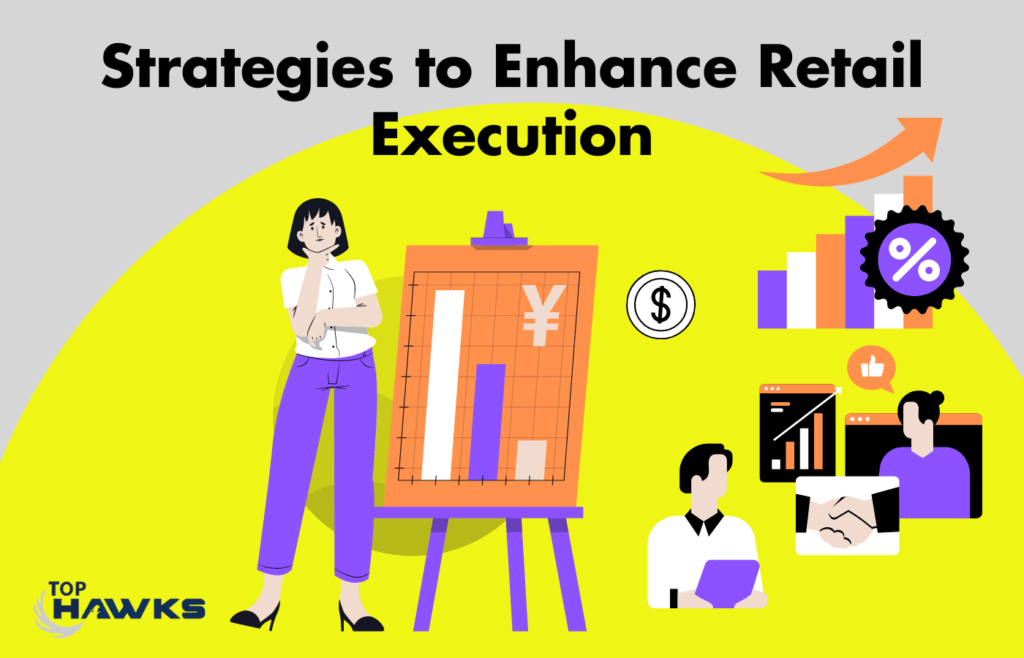
To enhance retail execution, retailers can implement the following strategies:
-
Staff Training and Development
Investing in comprehensive training programs for retail staff ensures that they have the necessary skills and knowledge to execute retail operations effectively. Regular training sessions can cover topics such as customer service, product knowledge, merchandising techniques, and inventory management.
-
Streamlined Inventory Processes
Implementing streamlined inventory processes, such as real-time stock monitoring, automated replenishment systems, and accurate demand forecasting, can help retailers optimize inventory management. By minimizing stockouts and excess inventory, retailers can improve product availability, reduce carrying costs, and enhance overall operational efficiency.
-
Efficient Shelf Replenishment
Establishing efficient shelf replenishment processes, including frequent stock checks, planogram compliance checks, and optimized shelf layouts, can ensure that products are consistently available to customers. By minimizing out-of-stocks and maintaining attractive product displays, retailers can drive sales and improve the overall shopping experience.
-
Effective Promotional Planning
Developing well-planned and targeted promotional campaigns can significantly impact retail execution. By aligning promotions with customer preferences, leveraging customer data, and monitoring promotional performance, retailers can optimize promotional execution and maximize ROI.
-
Technology Integration
Leveraging technology solutions, such as point-of-sale systems, inventory management software, and data analytics tools, can streamline retail operations and provide valuable insights. By integrating technology into retail execution processes, retailers can automate tasks, gain real-time visibility into key metrics, and make data-driven decisions.
-
Data-Driven Decision Making
Harnessing data and analytics is crucial for optimizing retail execution. By collecting and analyzing data on key performance indicators, retailers can identify trends, uncover opportunities for improvement, and make informed decisions to enhance overall performance.
5. Conclusion
Mastering the metrics of retail execution is essential for retailers aiming to thrive in today’s competitive landscape. By understanding and measuring key performance indicators, implementing effective strategies, and leveraging technology and data, retailers can enhance their operational efficiency, drive sales, and deliver exceptional customer experiences. Embracing a holistic approach to retail execution will position businesses for long-term success.
6. FAQs (Frequently Asked Questions)
 r
r What is retail execution?
Why is retail execution important?
What are some key metrics for measuring retail execution?
Key metrics for measuring retail execution include sales performance, inventory management, shelf availability, on-shelf visibility, pricing accuracy, promotional execution, and customer service.
How can retailers enhance retail execution?
How does data-driven decision making contribute to retail execution?
Data-driven decision making allows retailers to analyze key performance indicators, identify trends, and make informed decisions to optimize retail execution. It provides valuable insights that help improve operational efficiency and drive overall performance.
Trusted by 500+ Clients
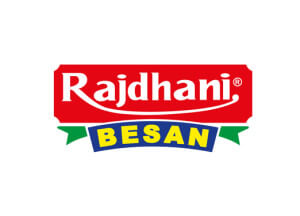

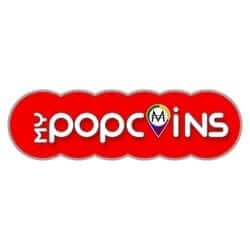












Get in Touch
We are here for you, and we are wearing our thinking caps




